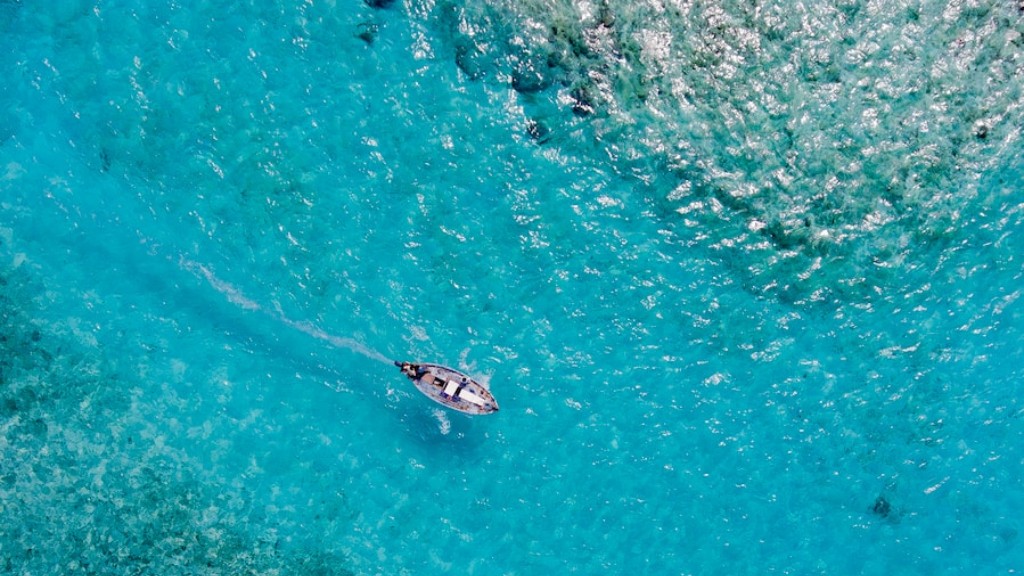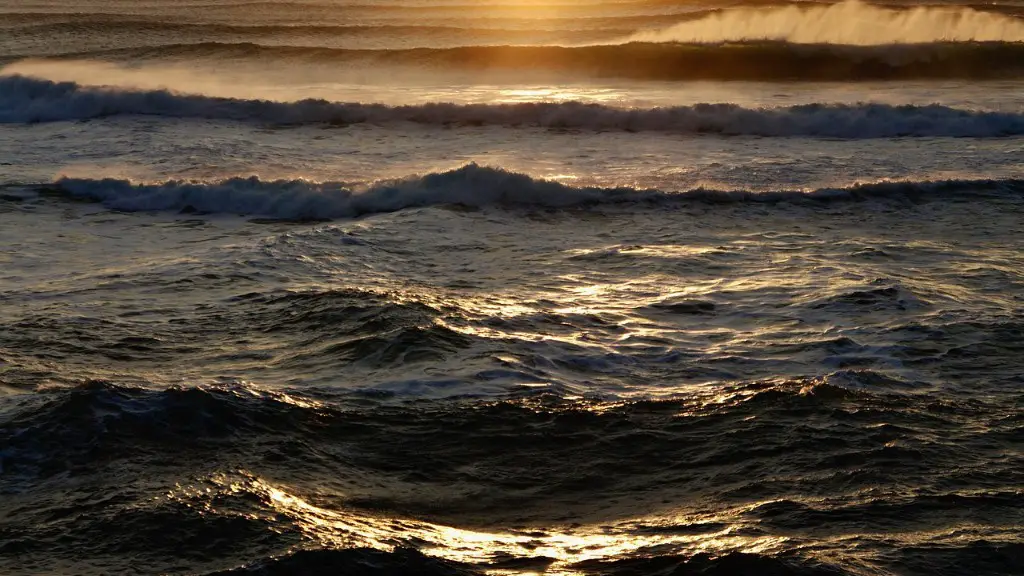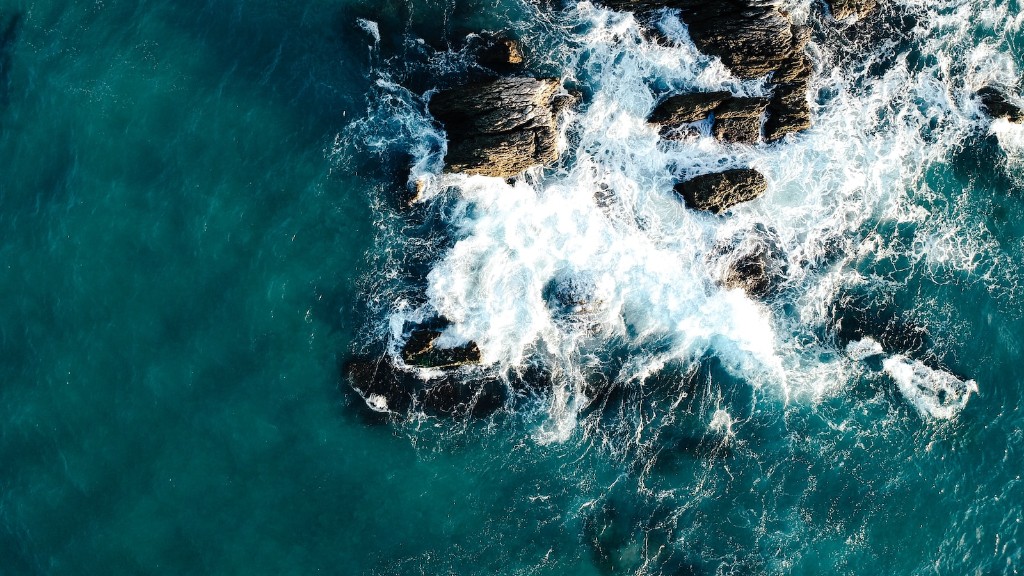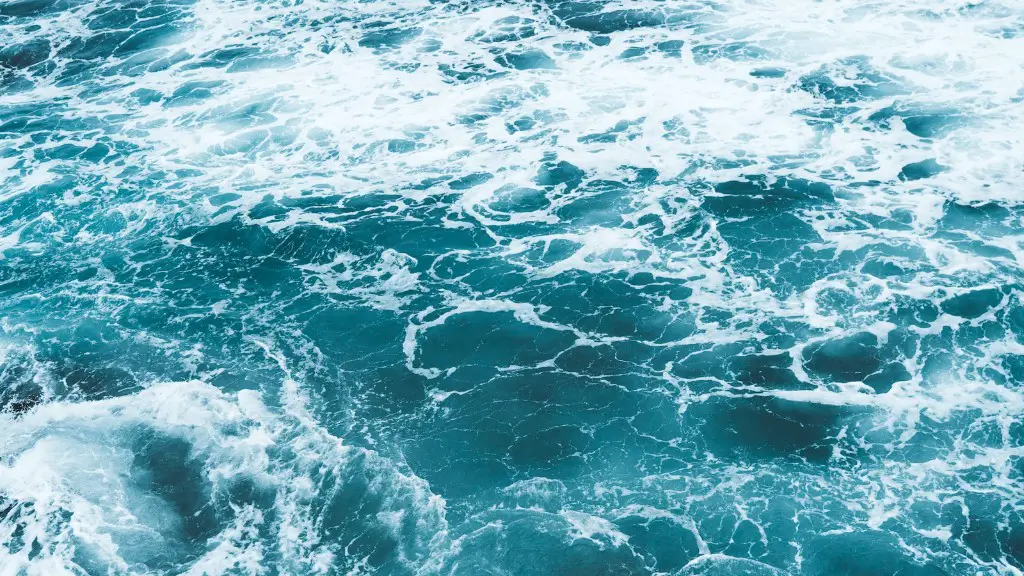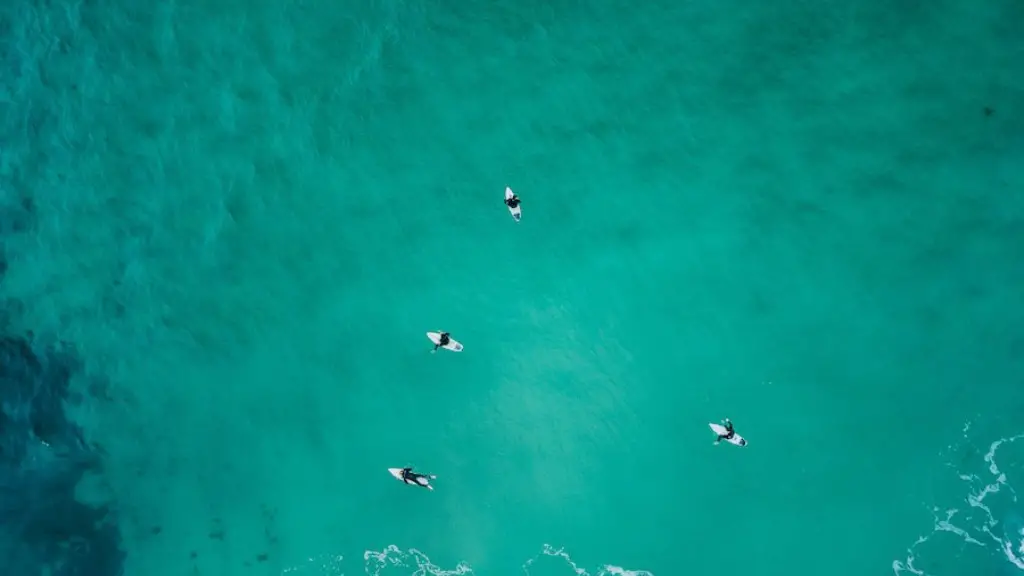What Animal Migrates To The South China Sea?
Each year a variety of animals travel to the South China Sea, or SCS, as part of their natural migration. This phenomenon, referred to as animal migration, occurs when animals as diverse and varied as fish, migratory birds, sea turtles, and other land and marine life move together in large numbers to different regions and seasons. Animal migrations to the SCS are key to balanced and biodiversity eco-systems, and the importance of these migrations in preserving the environment should not be underestimated.
Animal migration is a complex and intricate process whereby animals travel from one point to another and back again once the conditions are more accommodating. For example, migratory birds to the SCS will often fly from high-latitude areas during the winter season and return in the summer when food sources and nesting grounds reestablish. Similarly, sea turtles of the SCS will swim to the coastal areas in the rainy season for breeding purposes, only to return to the open sea once the seasonal conditions change.
The SCS is home to a variety of marine and coastal animals making their annual migration. For migratory fish, or pelagic species such as mackerel, sardines and jackfish, the SCS is an important stopover point on their long journeys from the Pacific and other waters. Meanwhile, shallow coastal species, such as the red grouper, barramundi, and gobie, use the coastal waters of the SCS as a spawning area where their eggs can be released out at sea for new generations of fish.
Bird species, both migratory and resident, also flock to the SCS. Some of these, such as the little terns and the black-tailed godwits, come from as far away as Siberia, while the Chinese egret and the red-billed fowl come from the heaths and wetlands of central China. Additionally, there are a variety of species of land animals, including a species of pangolin, the Chinese pangolin, whose habitat is the rocky heights of the SCS region.
As climate change and human activities continue to threaten biodiversity in the area, the impacts of animal migrations have been closely studied by experts. Studies have shown that climate change has caused many species to shift their respective ranges, often leading to decreased population numbers and other problems. Moreover, human activities such as fishing, pollution, and habitat destruction have also hindered many migration paths, leading to a decrease in population sizes.
In order to safeguard species in the SCS and their respective migratory patterns, governments and conservationists have implemented various policies to protect these species. For example, various countries have enacted the Wildlife Protection and Research Act and the Marine Fisheries Act to impose harsher penalties on offenders, while the marine conservation areas around the region have also played a key role in conserving key habitats.
Overall, the SCS is home to many different species who are in need of protection and conservation. Animal migrations to the SCS play a key role in preserving the environment and it is important to take steps to ensure the safety of these species.
The Impact Of Climate Change On Species Migrations
Climate change has affected many animal migrations, including those in the SCS region. Increasing temperatures, changes in rainfall, rising sea levels, and other climate-related events have been linked to shifts in the distribution and location of species, changes in the timing of migration, and disruptions in the dispersal of species. These changes have had a profound negative effect on species health and populations, leading to reductions in body mass, increased stress levels, and other adverse health effects.
The primary factor driving changes in animal migrations is the fact that animals require suitable environmental conditions in order to survive. When these conditions are disrupted, animals are forced to abandon their traditional migration routes and adapt to new ones. For example, a study on migratory shorebirds in the SCS region found that shifting temperature patterns had caused some species to abandon their traditional wintering grounds in the region and move elsewhere, leading to a decrease in population size.
Climate change has also disrupted the food cycles and species interactions in the region. The interdependence of species has been disrupted as different species change their migration paths, leading to changes in the local food web. This has had a direct and negative impact on the overall health of the ecosystem, reducing the productivity and resilience of species.
The combination of climate change and human-induced environmental changes represents a major challenge for many species in the region, particularly those that depend on long-distance migrations for their survival. Conservationists, researchers and governments must work together to mitigate the impacts of climate change on animal migrations, while considering the specific needs of affected species.
The Role Of Conservation Areas In Protecting Animal Migrations
Conservation areas are critical for protecting migratory species in the SCS and other areas. Parks and reserves in the region are able to provide necessary habitats while protecting species from potential disturbances such as human activities and climate change. This can provide a safe haven for species to live in and establish breeding grounds.
The Marine and Coastal Protected Areas of the SCS, for example, have been set up for the purpose of conserving the flora and fauna of the region. These have been established as an important measure for protecting species and ecosystems in the region, providing steps for actively conserving habitats and species’ migratory patterns. The South China Sea ecosystem boasts five different categories of marine and coastal protected areas which provide a plethora of benefits for the SCS species.
The MPA network also assists in reversing the damage done by human activities and climate change. Greater protection of species in the affected areas has potential to reduce poaching, bycatch, and other destructive activities. Additionally, these areas can help to reduce fragmentation, increase the abundance of biodiversity, and contribute to ameliorate environmental conditions such as the increased acidification of the sea, which threatens many species.
Overall, conservation areas in the region have played a critical role in protecting the migratory activity of species in the region. Their protection of species and habitats is arguably one of the most effective means of preserving the SCS’s ecosystems, and governments, scientists and conservationists should continue to work together to maintain and protect these areas.
The Impacts Of Human Activities On Animal Migrations
Human activities are key drivers of environmental change and disruption in the SCS. Activities such as fishing, marine transportation, urban expansion, industrial development, and pollution of air and water are all causes of environmental damage and have had a profound impact on animal migrations and the health of ecosystems.
Fishing, in particular, has had a severe impact on migratory species. Studies have shown that overfishing and associated activities, such as habitat destruction, bycatch and illegal fishing, have led to decreases in the populations of numerous species in the SCS, such as tuna, mackerel and sea turtles.
Marine transportation and recreational boating can also affect migratory activity. The construction of ports, marinas, and other such facilities have led to disruption of existing habitats and the displacement of animals to other areas, often leading to decreased species populations. Additionally, boats and ships create noise and disturbances in the environment, leading to further disruptions in the behaviour of species and impacts on their migratory abilities.
Urban expansion ,industrial development and air and water pollution also take a toll on species living in the SCS. These activities often lead to physical alterations of habitats and severe reductions in water quality, both of which can disrupt the availability of food sources and the dispersal of species. Urban expansion can also lead to changes in the habitat quality, with artificial materials such as concrete, plastics, and other pollutants entering the environment and potentially leading to decreases in species numbers.
In conclusion, human activities have a major impact on the health of ecosystems in the SCS, and it is important for governments, scientists and conservationists to take steps to reduce the negative impacts of these activities. Strategies such as sustainable fishing, better regulations, and the creation of protected areas can go a long way in mitigating the damage done by human activities and preserving the migratory activity of species in the region.
The Role of Education In Conserving Animal Migrations
Education is a key tool for communicating information about the importance of preserving animal migrations, and for this reason, it is an important component of conservation efforts in the region. Through education, people can be made aware of the impacts of human activities on species health, the importance of conservation areas, and the need to conserve species and habitats.
The SCS has seen many education initiatives targeted towards people living in the region. Schools, universities and NGOs are leading the way in educating locals about the importance of preserving the SCS and its associated species. In particular, they are emphasizing the need to reduce the impacts of human activities, such as overfishing and habitat destruction, as well as engaging the public in activities such as beach cleanups and raising awareness of marine life and the importance of conserving species.
In addition to these initiatives, there are also a number of online and virtual platforms dedicated to educating people about the importance of preserving animal migration. These platforms often provide information about animal migration and its associated impacts, as well as tips on how to take action in protecting species and the SCS ecosystem.
Overall, education is critical for communicating the importance of preserving animal migrations in the region. Through education, people can be made aware of the threats posed to species, the key conservation areas and the impacts of their own actions. It is therefore essential that governments and NGOs continue to invest in education, both in the SCS region and elsewhere, in order to preserve the species and habitats of the South China Sea.
Conclusion
The South China Sea is home to a variety of animal migrations, which are critical for preserving the ecosystem and maintaining balanced and sustainable species populations. Climate change, human activities, and conservation areas all play a role in impacting these migrations, and it is essential that steps are taken to mitigate their negative impacts and protect species health. Education is also a key component in preserving animal migrations, and it is important that governments and NGOs continue to invest in education in order to raise awareness and encourage conservation.
